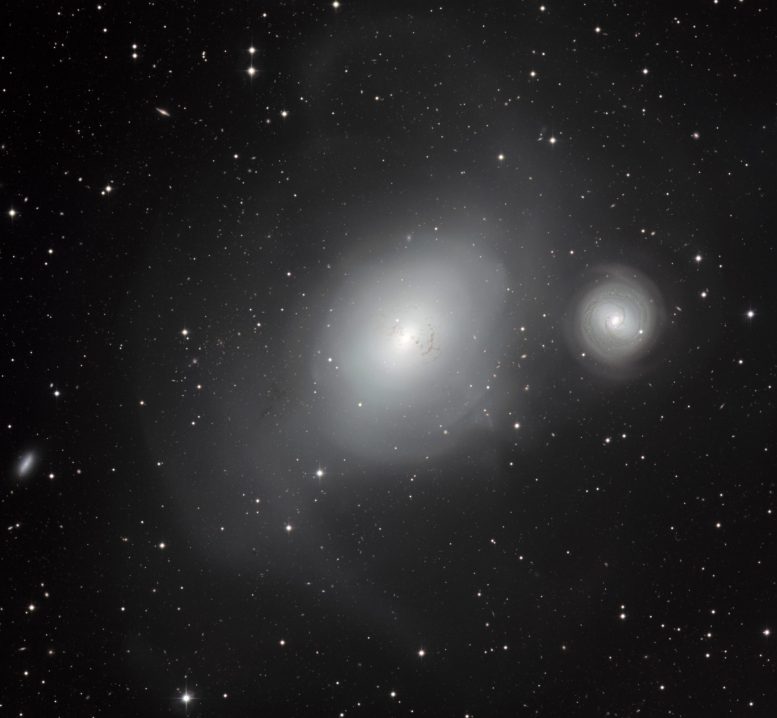
This new image from the MPG/ESO 2.2-meter telescope at ESO’s La Silla Observatory in Chile shows a contrasting pair of galaxies: NGC 1316, and its smaller companion NGC 1317 (right). Although NGC 1317 seems to have had a peaceful existence, its larger neighbor bears the scars of earlier mergers with other galaxies. Credit: ESO
By combining many individual images in the ESO archive, this new image shows NGC 1316 and its smaller neighbor NGC 1317.
This new image from the MPG/ESO 2.2-meter telescope at ESO’s La Silla Observatory in Chile shows two contrasting galaxies: NGC 1316, and its smaller neighbor NGC 1317. These two are quite close to each other in space, but they have very different histories. The small spiral NGC 1317 has led an uneventful life, but NGC 1316 has engulfed several other galaxies in its violent history and shows the battle scars.
Several clues in the structure of NGC 1316 reveal that its past was turbulent. For instance, it has some unusual dust lanes[1] embedded within a much larger envelope of stars, and a population of unusually small globular star clusters. These suggest that it may have already swallowed a dust-rich spiral galaxy about three billion years ago.
Also seen around the galaxy are very faint tidal tails — wisps and shells of stars that have been torn from their original locations and flung into intergalactic space. These features are produced by complex gravitational effects on the orbits of stars when another galaxy comes too close. All of these signs point to a violent past during which NGC 1316 annexed other galaxies and suggest that the disruptive behavior is continuing.
This pan video gives a close look at a new image from the MPG/ESO 2.2-meter telescope at ESO’s La Silla Observatory in Chile. It shows a pair of contrasting galaxies: NGC 1316, and its smaller companion NGC 1317 (right). NGC 1317 seems to be relatively unperturbed and has a clear spiral structure. But its larger neighbor bears the scars of several past violent events when it has swallowed other galaxies. Credit: ESO
NGC 1316 is located about 60 million light-years away from Earth in the southern constellation of Fornax (The Furnace). It also bears the name Fornax A, reflecting the fact that it is the brightest source of radio emission in the constellation — and in fact the fourth brightest radio source in the entire sky[2]. This radio emission is driven by material falling into the supermassive black hole at the center of the galaxy and has probably been provided with extra fuel by the interactions with other galaxies.
This very detailed new image from the MPG/ESO 2.2-meter (7.2-foot) telescope at ESO’s La Silla Observatory in Chile was created by combining many individual images in the ESO archive. The aim of the original observations was to reveal the faintest features and study the disruption of this interesting system.
As a bonus the new picture also provides a window into the distant Universe far beyond the two bright galaxies in the foreground. Most of the faint fuzzy spots in the picture are much more distant galaxies — and there is a particularly dense concentration just to the left of NGC 1316.
This zoom starts with a wide spread of sky, including the familiar constellation of Orion (The Hunter) at the upper right and the Large Magellanic Cloud at the upper left. We then close in on the less dramatic constellation of Fornax (The Furnace) and see two galaxies close together. These are the contrasting pair of galaxies NGC 1316 and the smaller 1317. Although NGC 1317 appears to be relative unperturbed, its larger neighbor bears the scars of a turbulent history during which it has engulfed smaller galaxies. Credit: ESO
Notes
- These dust lanes have been imaged in detail by the NASA/ESA Hubble Space Telescope.
- This applies at a radio frequency of 1400 MHz, at other frequencies the order will be different.

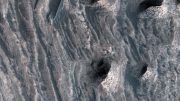


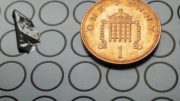
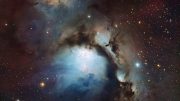


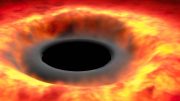
As I have already speculated, photos with galaxies and stars can be awesome but it seems that galaxies are not the best place for a civilization to evolve and thrive